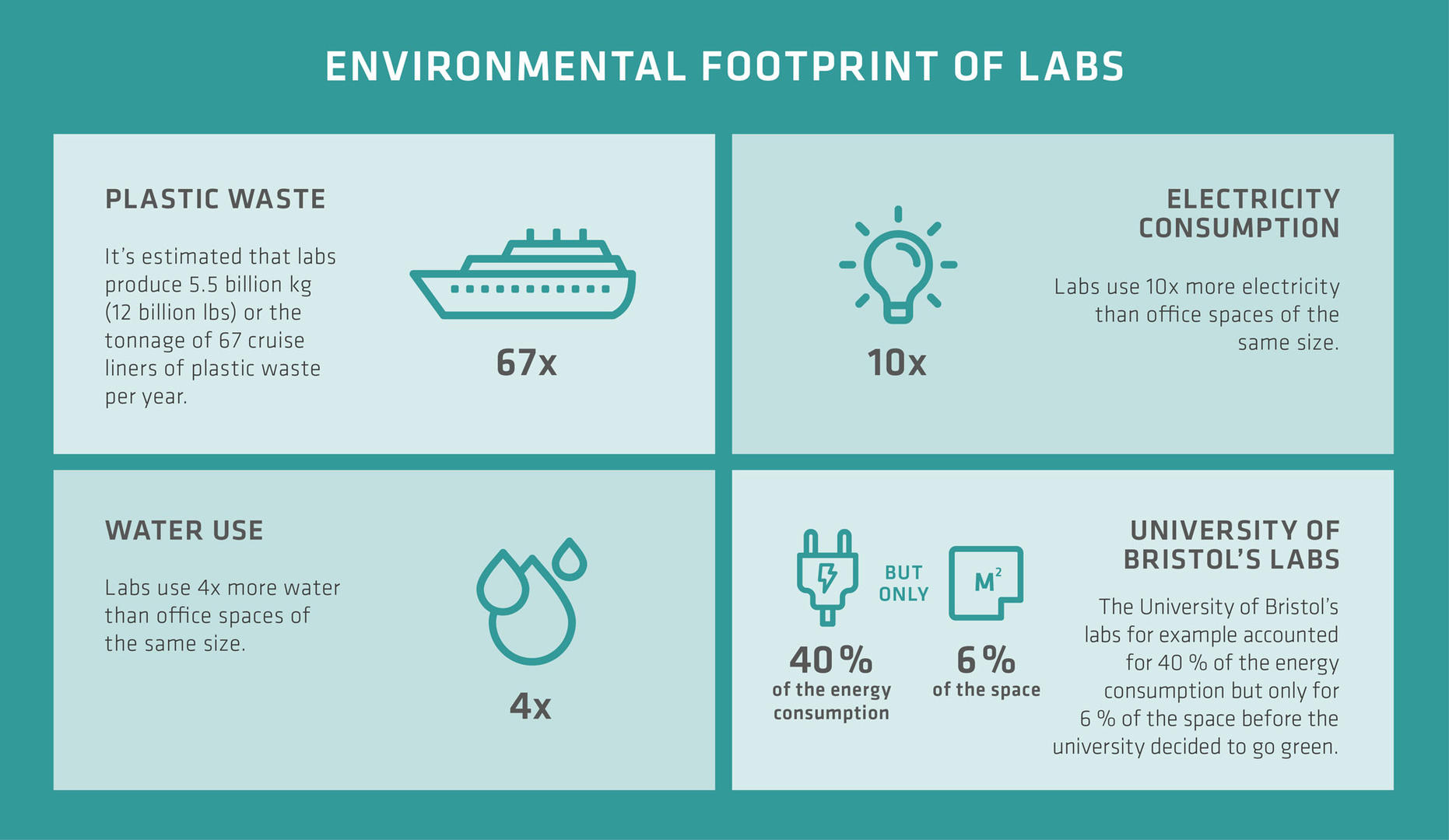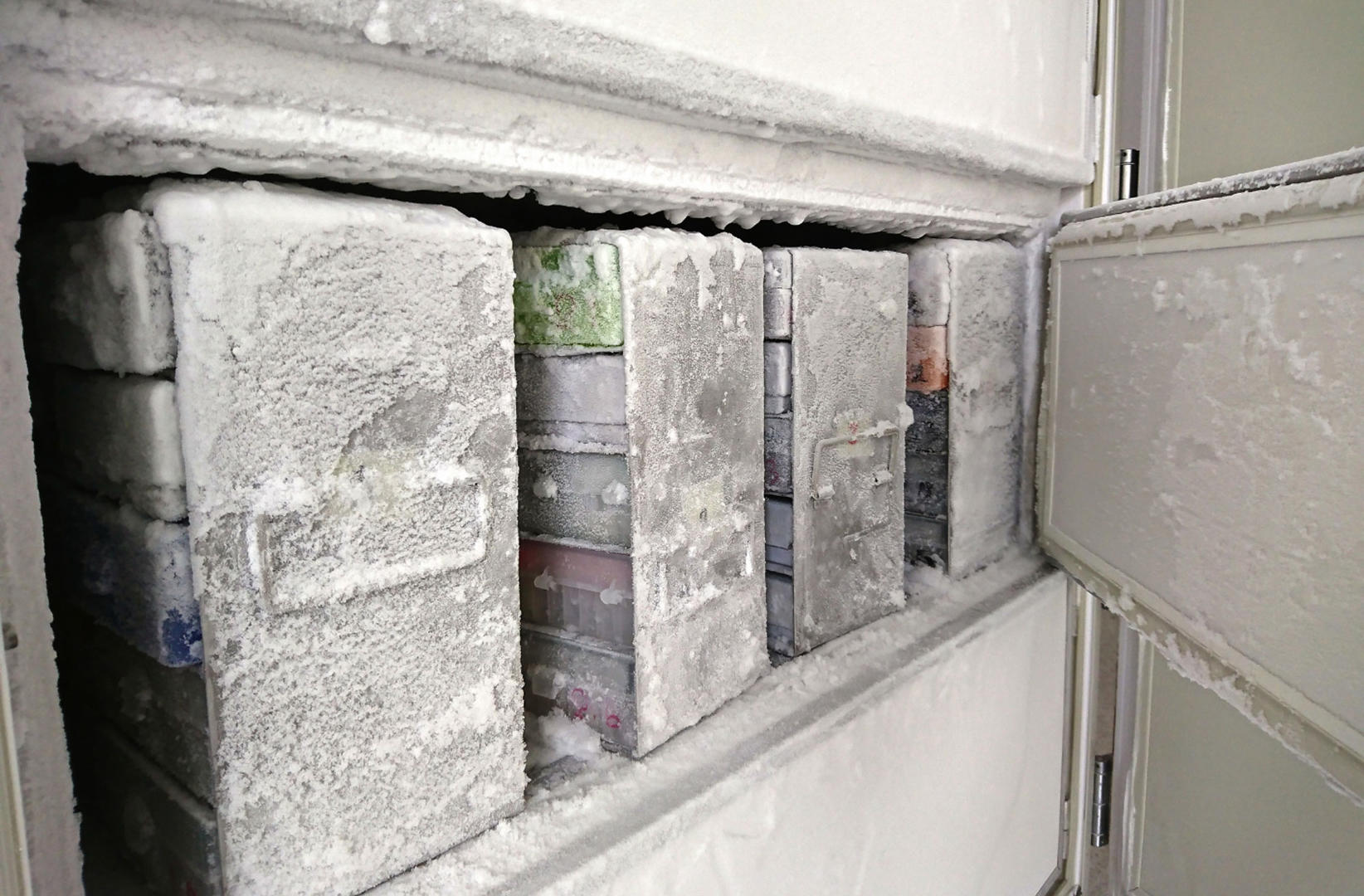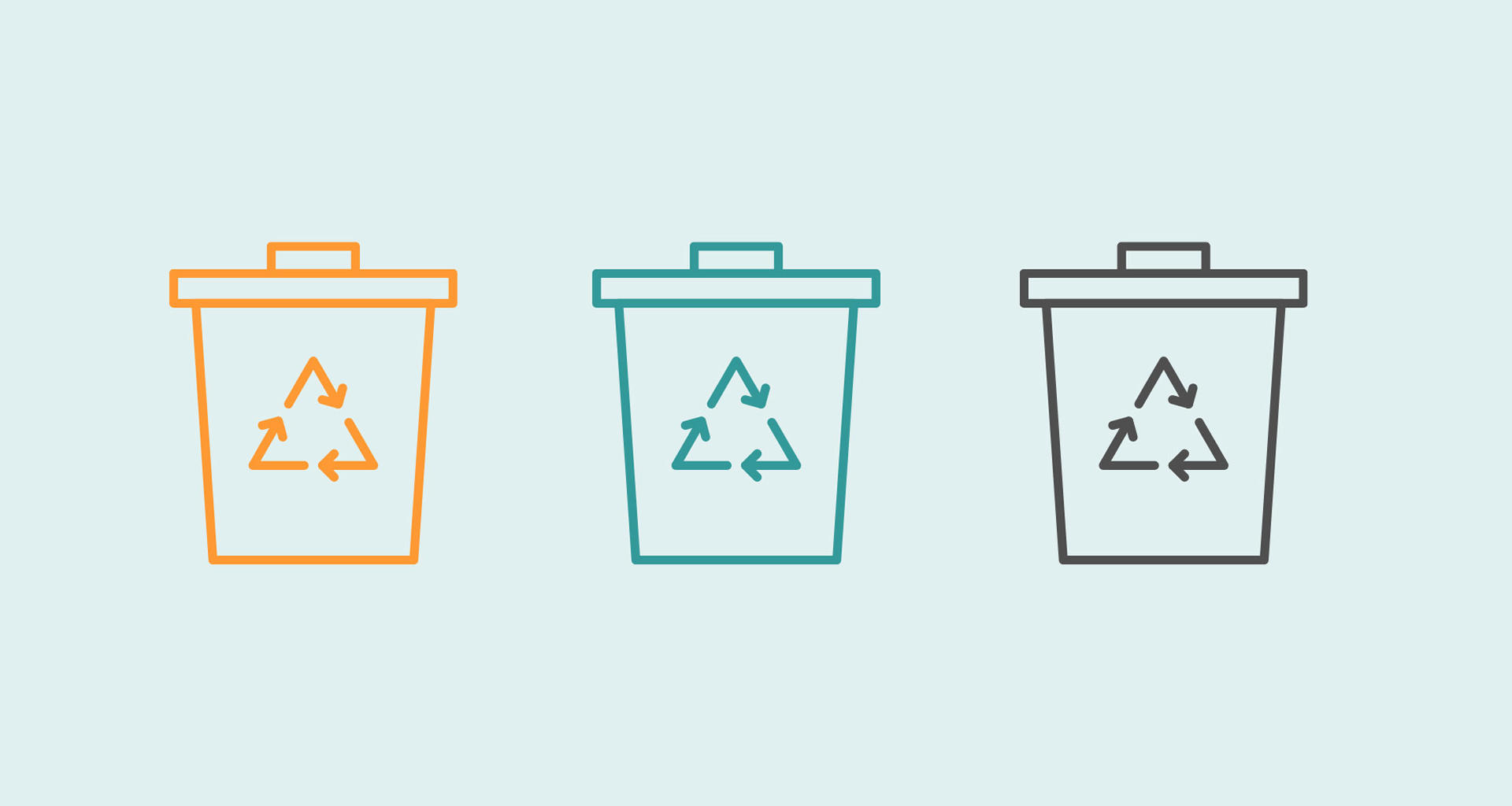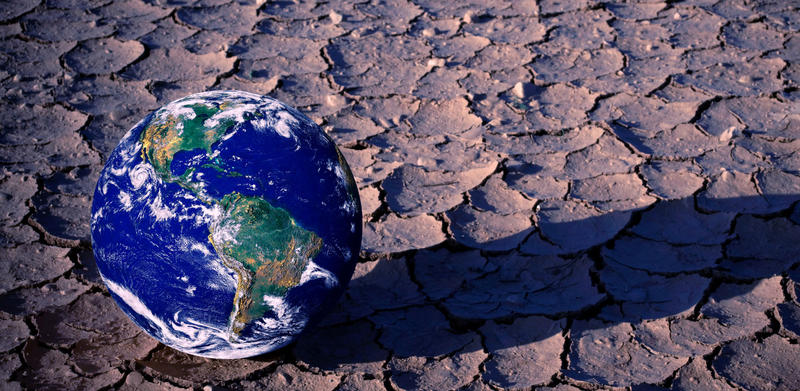Lab sustainability – simple tips to become a greener lab
Written by Anina Werner
26. October 2021
Labs are environmental polluters. While research in the lab can help us to understand our ecosystem, and develop strategies to maintain it (among many other things of course), lab work can also produce an incredible volume of waste, as well as use a significant amount of water and electricity. It's estimated that labs produce a staggering 5.5 million tons (12 billion lbs) of plastic waste per year.1 They also use about four times more water, and 10 times more electricity, than office spaces of the same size.2 For instance, before the University of Bristol decided to go green in 2019, its research labs accounted for 40 % of the institution's energy consumption, but only for 6 % of the total space.3
Table of contents

Fortunately, more and more researchers are aware that labs have a larger than average environmental footprint, and are trying to set a good example. If you'd like to become a green lab too, we've put together a few easy-to-implement tips that can help you.
1 Reducing your lab's energy consumption
To reduce the energy consumption of your lab, you should switch off all devices – including PCs – when they are not being used. For equipment with heating or cooling elements, socket timers can be a great solution. Simply set them so that your instrument is ready to use when you come into the lab, and turns off when you leave. If your lights aren't equipped with motion sensors, make sure you remember to turn them off.
In addition to switching off your devices, keep them clean and perform regular maintenance. Poorly maintained equipment can consume more energy than necessary, and usually has a shorter lifespan.
Most people are familiar with these simple tips, but there are two other ways to save significant amounts of energy.
1.1 Close the sash of your fume hoods
First, we'd like to introduce you to a little invention that can have a big impact on your lab's eco-friendliness and electricity bill – the MASH alarm. This DIY fume hood alarm developed by students and staff at MIT starts to beep if motion is not detected for three minutes at a hood where the sash has been left too far open. An open fume hood consumes as much energy as 3.5 single-family homes in the same period of time.4 The MASH alarm saved MIT 3,500 kWh per year, which is equivalent to 3 metric tons of CO2 and $500 per hood!5 If you're interested in building your own MASH alarms, you can find more information here.
But if you're not a DIY enthusiast, perhaps a sash competition – like the one Harvard University has established – is an option for you. It encourages labs to close the sash by raffling off a pizza party once a month to any lab that lowers its exhaust airflow average to the targeted goal. The program started back in 2005, and an evaluation in 2010 showed that they were able to save over 300 metric tons of greenhouse gas emissions and $240,000 annually.6
1.2 Lower the energy consumption of your ULFs
The second heavy energy drainers in labs that we would like to discuss are ultra-low temperature freezers (ULFs). They consume about the same amount of energy per year as an entire household.7 It's therefore important that they are used as efficiently as possible. For example, it's better to have only one ULF running, and fill it completely, instead of having two half-filled ULFs in operation. You may even be able to share one freezer with another lab. To avoid wasting space in the ULF, always freeze samples in the smallest possible container, and dispose of expired samples regularly. Ideally, you should keep an inventory to record all samples, and know where they are located. This will help you to find samples immediately, so that the freezer door only needs to be opened briefly and less cold air can escape.
In addition, proper placement and maintenance can help to reduce a ULF's energy consumption. Always place it away from heating vents and direct sunlight to minimize the need for cooling. You should also regularly defrost it, and check that its seals are tight.
Increasing the set temperature of your ULF can also save energy – changing it from -80 to -70 °C uses an average of 37 % less electricity.8 Various studies have shown that -70 °C is sufficient to safely store samples, and several labs have compiled a list of viable samples that they successfully stored at this temperature.

2 What you can do about your lab's waste
Most of you reading this article are probably concerned with sustainability in the lab, because you're shocked by the sheer amount of (plastic) waste you generate every day. To change this, we need to follow the motto: Rethink, reduce, reuse, recycle.
2.1 Rethink
Rethink the planning of your experiments to reduce the environmental impact of your work. For example, check if your test design can be scaled down to save reagents and waste, and try to replace hazardous chemicals with less harmful alternatives. There are many solvent and reagent selection guides available on the web – such as the CHEM21 solvent guide or the ACS GCI reagent guide – to help you find eco-friendlier alternatives. Also, follow best pipetting practices to guarantee that you don't have to repeat experiments unnecessarily.
2.2 Reduce your waste
Not producing waste in the first place is much better than recycling. Try simple tricks to reduce your waste, such as replacing certain plastic labware with glassware, or wiping up water and ice spills with a mop or cloth instead of paper towels. Also, avoid placing too many small individual orders with your suppliers to cut down on shipping emissions and packaging waste. It's better to keep an inventory so that you know what you will run out of in the next few weeks, and can bulk order supplies for your lab. Planning ahead will also eliminate the need to insist on fast delivery that may only be possible by air freight, which is 200 times more damaging to the environment than sea freight.
Be careful not to order more chemicals and reagents than you will need, as they may expire. It may even make sense to share your reagent supply with others, so that you can order larger quantities and still use everything up by the expiration date. Collaborating with other labs to share equipment can also reduce waste. Can you borrow an instrument you need for your experiment from another lab, instead of buying it? Or can you give a device you no longer need to another lab, instead of throwing it away?
Even where disposable plastic is inevitable, you can reduce the amount of waste you produce. Conical tubes and pipette tips, for example, can be ordered in bulk bags. And for tips, there are many greener packaging options – such as refill inserts, eco-friendly racks or racks in a 384 tip format instead of a 96 tip format – allowing you to save on rack waste. On top of that, some reagent reservoirs are designed to save plastic too.
2.3 Reuse your waste
Reusing your waste may not be possible in most cases. But you can certainly wash some conical tubes, reservoirs and plastic bottles (if they haven't been in contact with biohazardous substances), and reuse them later for non-sterile workflows. It's also useful to keep some polystyrene and cardboard boxes of different sizes, to reuse them for your own packages or as ice boxes.
2.4 Recycle your waste
Waste that you can't avoid or reuse should be recycled whenever possible. Unfortunately, the recycling options are different in every country and area, so we can't provide general guidelines here. Make sure you know what your local recycling programs are, and place the corresponding recycling bins in your lab. Include posters of your recycling plans – with pictures of the most commonly disposed of products – next to each bin, so that everyone knows where to put their waste.
Some labs generate thousands of liters of solvents such as xylene, ethanol or acetone from glass washing every year. Instead of disposing of and incinerating these chemicals, you could reuse them either by investing in a benchtop fractional distillation recycling system or by participating in a solvent recycling program. Both options allow you to reduce your environmental footprint and will save you thousands of dollars on solvent purchases and waste disposal. Check out the University of Columbia's success story to learn more.

3 How your lab can save water
Labs will, of course, never be able to reduce their water consumption to the level of office spaces, but you should do your best to keep it as low as possible. We recommend using an electrically powered vacuum aspiration system when aspirating biological liquid waste, instead of connecting a vacuum flask to a water-jet pump. It will save you a lot of water and increases the safety of collecting and containing biological liquid waste.
The second thing to do is to check if the faucets in your lab are equipped with low-flow aerators. These small devices, which screw directly onto the faucet, reduce the flow and mix the stream with air, saving you significant amounts of water.
We also suggest that you only run dishwashers and autoclaves when they are full, so ask your colleagues or other labs if they can help you to fill them up. And when working with a water bath, always cover it. This allows you to maintain the required temperature using less energy, and reduces evaporation.
Another important point concerns the use of purified water types. Use them extra sparingly because, for example, the production of 1 unit of deionized water requires three units of water.9 While it might not be possible to always replace purified water types with tap water, many tasks such as heating water baths, preparing media and cleaning glassware can be performed with ISO Grade 3 water (reverse osmosis).9
4 How we can help you go green
Your to-do list for becoming a green lab is probably very long by now. But we'd like to give you one last tip: Order from sustainable suppliers that use renewable energy to produce long-lasting devices. The way the products you use every day are manufactured has an indirect impact on your eco-balance. If you'd like to know what we're doing for the environment, browse our sustainability pages.
5 Conclusion
We’ve discussed how to make your lab green, now it's up to you to put these tips into practice. But we know how easy it is to forget things like closing the sash on your fume hood, so we've put together a poster summarizing this article and a PDF with useful reminders that you can print out and put up in the lab.
And if you liked this article, please share it with as many colleagues as possible! We can only reduce the ecological footprint of the lab industry if we work together.

























